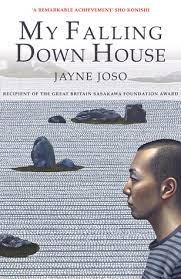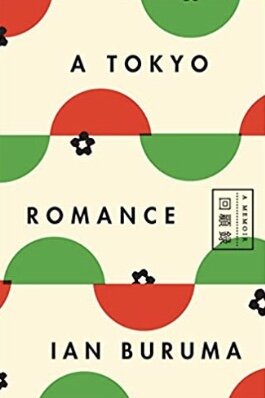Days at the Morisaki Bookshop by Satoshi Yagisawa, translated by Eric Ozawa (Harper Perennial)
Takako is in love, a blissful state that lasts for a year, until the day her boyfriend tells her he’s getting married. Worse yet, he’s been with his fiancee for twice as long as he’s been dating Takako. Making this scenario completely disastrous is the fact that Takako works with the man who’s just dumped her--but not completely. “You know, we can still see each other sometimes,” he tells her magnanimously.
Engulfed in grief, Takako leaves her job and goes into hibernation, “drifting all alone through outer space.” After a month of misery, she gets a phone call from an uncle she hasn’t seen in years, a man who owns a small used bookstore and needs an assistant. The offer comes with a place to live, a room above the shop.
Takako is running out of money. Faced with living in a Tokyo bookshop or returning home where her mother will speedily arrange a marriage for her, she accepts her uncle’s offer.
Immediately struck by the musty smell of old paper and the staggering number of old books that have even encroached upon the room that’s meant to be hers, Takako is less than charmed with this new living arrangement. She’s never been a reader and the smell of the shop is overwhelming. “Try to imagine it as the dampness after a morning rain,” her uncle suggests but the mustiness even pervades her futon while the looming presence of books disturbs her sleep. One night she picks up a volume, hoping it will bore her into somnolence. Instead she stays up almost until dawn, ensnared by Until the Death of the Girl by Sasei Muro. From that point on, the bookshop becomes a paradise of possibility and Takako turns into an ardent reader.
Quickly Satoshi Yagisawa throws his readers into four different love stories: Takako’s heartbreak, her uncle’s devotion to the wife who has deserted him, the young server at a coffee shop who is desperately besotted with his coworker, and Takako’s gradual attraction to a bookshop customer who chats with her over coffee. The most irresistible love, however, is the one Takako develops for books, the bookshop, and the street where it makes its home. Yasukuni Street is an avenue filled with bookshops that have been selling secondhand books since the end of the nineteenth century. Since each shop specializes in a different field of interest, they coexist in a friendly manner in what Takako’s uncle claims is “the largest concentration of secondhand bookshops in the world.”
This, translator Eric Ozawa says in his Translator’s Note, isn’t fiction. Yagisawa has set his Morisaki Bookshop in central Tokyo’s Jimbocho District, a neighborhood that holds anywhere from 150 to 180 bookshops, each with its own specialty.
No wonder Takako becomes a bibliophile. She lives in an area where books are the reason for its existence, with everyone on its streets browsing, buying, and discussing books, breathing in their odor that her uncle likens to petrichor. “The whole place,” Takako comes to realize, “felt like the setting for an adventure.”
Within this setting, the different love stories are burnished with a sweetness that never becomes cloying. Days at the Morisaki Bookshop is both comforting and restorative, in a world of overstuffed novels and gloomy appraisals of the current condition. This slender little novella has been translated into fifteen different languages since its Japanese debut in 2010. Charming without being overly whimsical and firmly rooted in fact, not fantasy, this is a book that book lovers will buy for their friends while being sure to keep one for themselves.~Janet Brown














